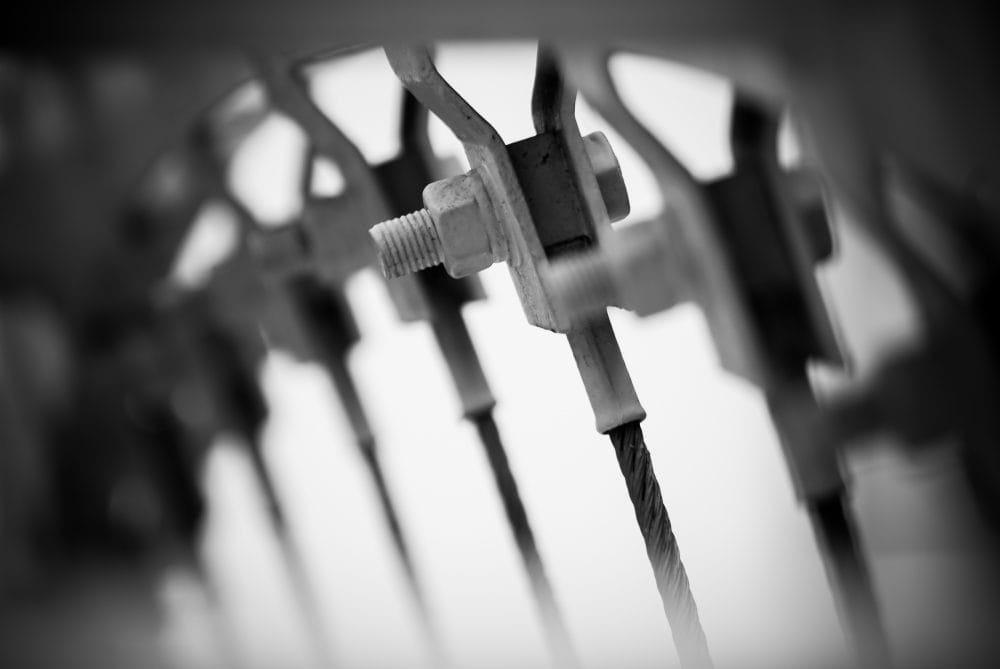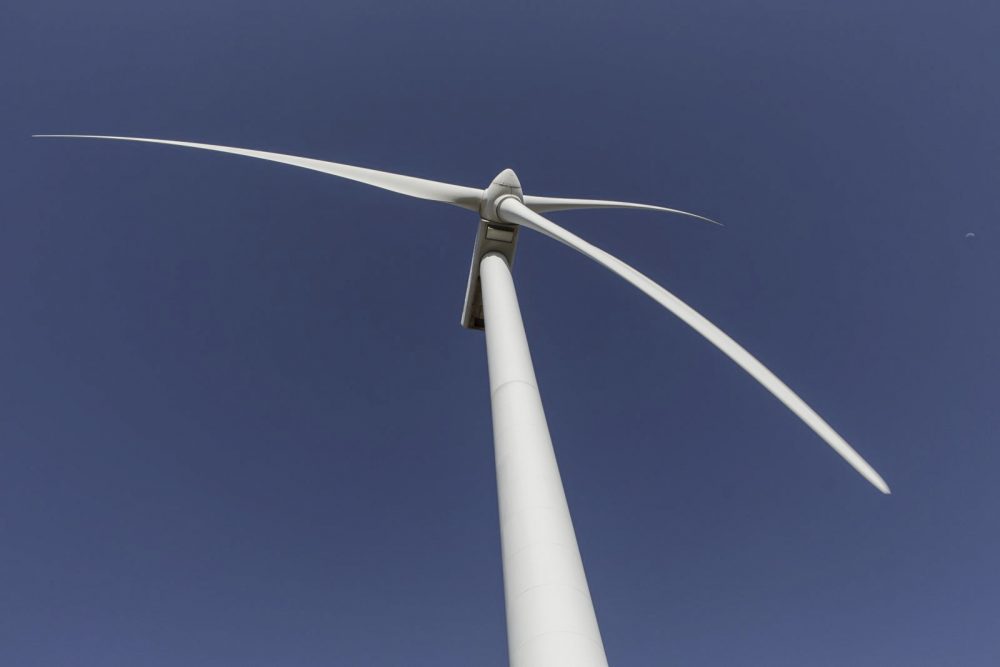
Insights
Ultrasonic clamp load testing: The best way to ensure the correct bolt pretension
Achieving the correct bolt pretension is essential in assuring bolted joint integrity. Bolted joints are critical when ensuring safe operation of wind turbines or other similar bolted connections.
In this context, ultrasonic measurement has proven to be a very accurate and cost-effective solution when installing new bolts, as well as when evaluating existing bolts as part of determining the lifespan of wind turbines.
By using this method, you can achieve the correct bolt pretension when installing new bolts and secure safe operation of the wind turbine as well as reduce the subsequent service and maintenance. The tool allows you to track the clamp load during the entire tightening process and determine the clamp load without influencing the joint stiffness.
Minimise the risk of failure
In recent years, wind power has become an important source of electricity production. As with any other technology, wind turbines have a limit to their time in functional operation. Currently, wind turbines are designed to be efficient and reliable for 20 years with the possibility of further extension.
Continuous inspection of wind turbines is important as it can maximise the life expectancy of the turbines as well as minimise the risk of failure. In this context, the importance of correct bolt pretension is frequently underestimated. Since bolts hold together critical components, incorrect installation can increase the risk of partial or total failure.
A fully tightened bolted joint can sustain millions of load cycles without any problems, whereas a joint consisting of untightened bolts often fails within a few cycles. If a bolt loosens, a chain reaction is likely to occur and consequently result in failure of the entire turbine.
One of the most challenging parts of the tightening process is the correlation between the applied torque and the tension that arises when the nut stretches the bolt a small amount. This tension results in an opposing clamp force that holds the two sections of the joint together. If the clamping force is too low, separation and bolt fatigue may occur. On the other hand, excessive clamping force may produce damage in structural components of the joint, such as excessive distortion or breakage.
By focusing on achieving the correct bolt pretension, you not only ensure a proper clamping force but can also maximise the reliability of the turbine, as well as reduce the need for maintenance and downtime.
An accurate and cost-effective solution
In the past, it has been difficult to evaluate bolted joints, since the previously available methods of inspection only focused on whether the bolts were loose or rusty. However, most joint failures are not caused by the joint design or the fastener. Often, they are the result of insufficient or inconsistent clamp load when assembling the joint.
Problems such as bolt fatigue and vibration loosening can usually be prevented by achieving and maintaining a correct clamp force in the joint. Achieving a consistent clamp force in the bolted joint during assembly is essential for bolted joint integrity. Ultrasonic measurement of fastener elongation on both new and existing bolts has proven to be a very accurate, reliable and cost-effective solution.
By using this method, you not only achieve the correct bolt pretension when installing new bolts, but can also evaluate existing bolts as part of determining the lifetime of wind turbines.
Energy at a lower cost
Where wind turbines are concerned, safety is paramount. Each turbine consists of hundreds of different-sized bolts holding critical components together. If the proper bolt pretension is not achieved during installation, the integrity of a joint can be compromised, leading to misalignment and, ultimately, failure of the bolted joint.
Therefore, utilising a bolt method that tightens the bolts effectively and precisely is necessary to minimise the risk of failure. By focusing on ensuring correct pretension from the outset, you ensure that the best precautions are taken from the moment of initial commissioning, and in the long run ensure that the wind turbine produces energy at a lower cost.





